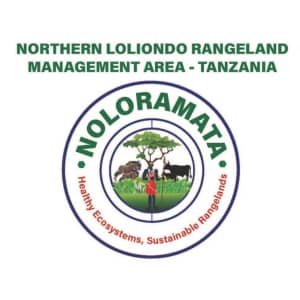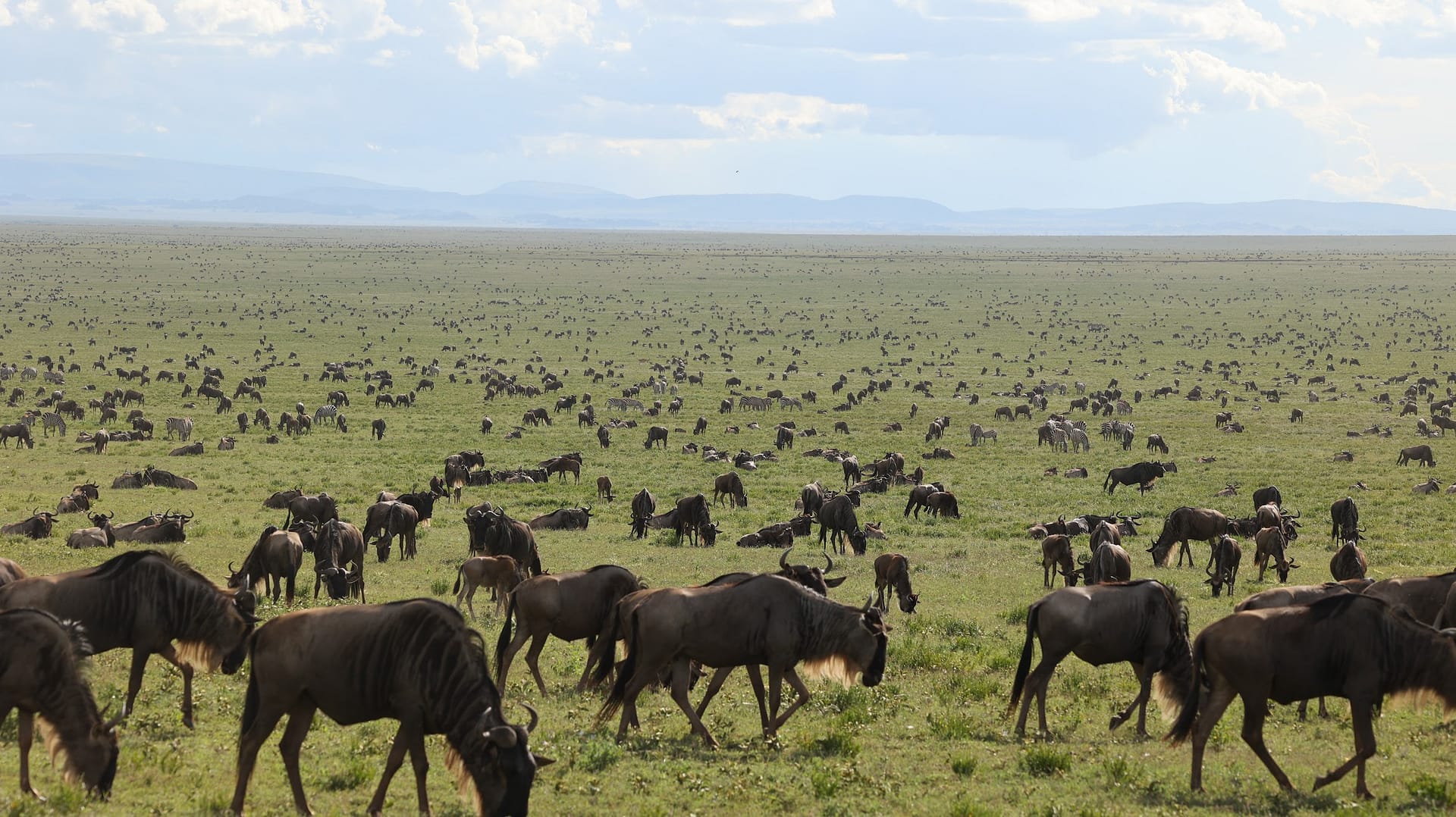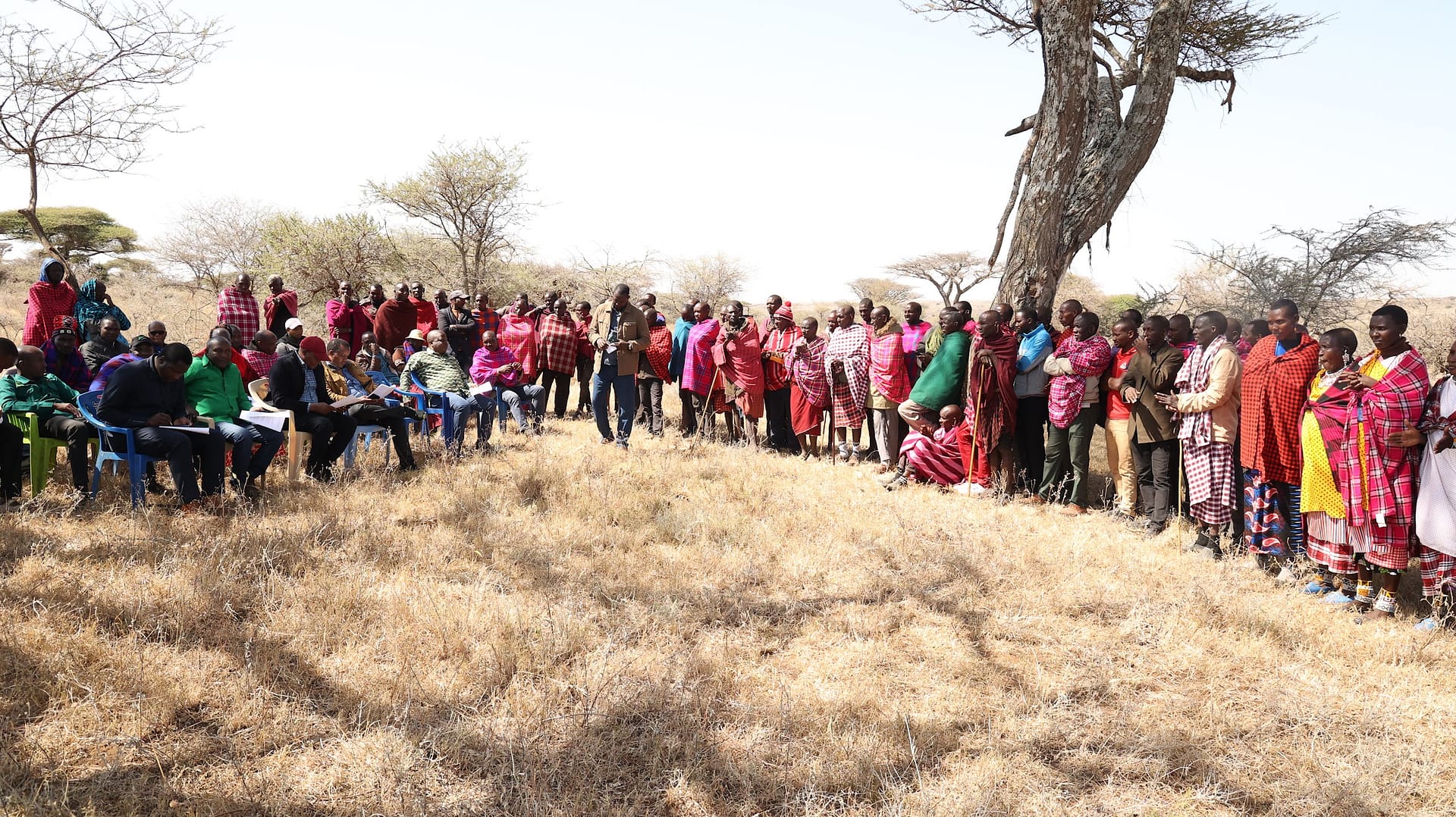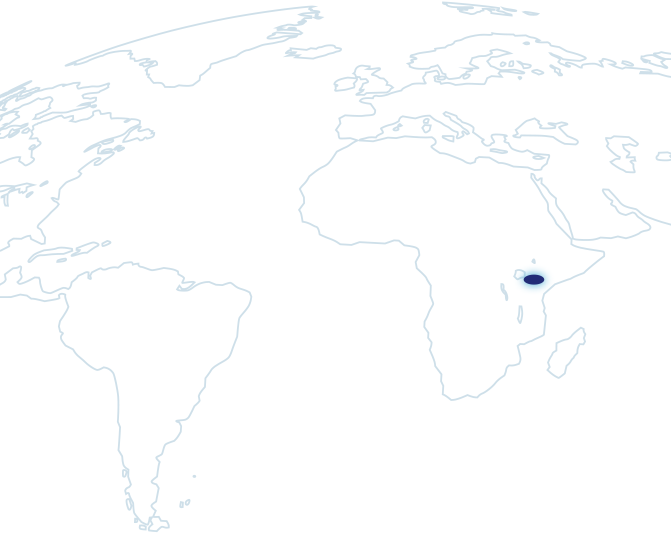




Supporting landscape-wide restoration of healthy grazing lands
Since 2025


with support of:
Centre for Research Cooperation (CRC) and University of Groningen
The Greater Serengeti-Mara Ecosystem in Northern Tanzania and Southern Kenya is a world-famous and unique ecosystem mainly composed of grasslands, savannah and small plots of forest. It is home to the annual mass migration of 1.3 million wildebeest, joined by hundreds of thousands of other wildlife. The dry season refuge areas of this migration are relatively well protected within the Serengeti National Park and the Maasai Mara National Reserve. But the wet season breeding areas of this migration are situated outside protected areas in areas that are also used by Maasai pastoralists, that have coexisted for centuries with wildlife.
The Loliondo plains are one of the three remaining wet season breeding areas. The area is also hydrologically very important, especially for water provision to Serengeti National Park. However, due to overgrazing the grasslands in this area have been degraded and are changing from open grassland to shrub thickets.
In 2023, five villages in North Loliondo decided to establish a new community based organization (CBO) called NOLORAMATA to secure the currently open communally grazed areas in the Loliondo plains for their future joined use. In doing so they also aim to reduce veterinary problems, secure water resources and generate additional benefits from wildlife and cultural tourism to the region.
Since 2023 NOLORAMATA worked successfully with researchers from the University of Groningen in implementing two large grassland restoration experiments, in which different combinations and strategies of rotational grazing, bush clearing and fire management have been tried out. The communities have now decided that they want to roll-out this restoration treatment at the landscape scale through their new CBO.
To develop NOLORAMATA into a self-sustaining strong organization as an example for local communities of how to take sustainable rangeland management and land use planning in their own hands.
Including:
Photo credits:
Han Olff